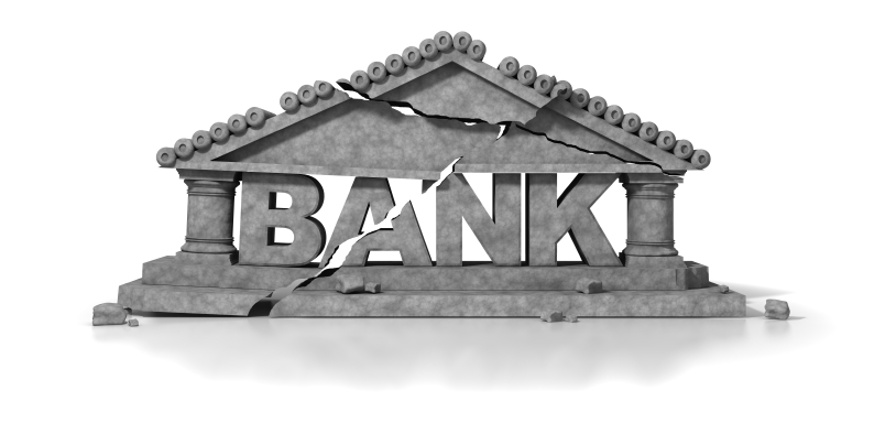In March 26, 2020, the The Federal Reserve Board reduced reserve requirement ratios on all net transaction accounts to zero percent, eliminating reserve requirements for all depository institutions.
Last March, over the course of five days, three small-to-mid size U.S. banks failed, triggering a sharp decline in global bank stock prices and swift response by regulators to prevent potential global contagion. They have held the line for 12 months.
The current Deposit to Loan Ratios means the banks can not sustain any type of run on the banks.
Today is a big day
Effective, today, March 11, 2024 there will be no more money to loan out and the Fed will pick and choose who gets to loan out money. And while no bank of meaningful size has failed in 10 months, there is concern. A year after the Bank Term Funding Program was unveiled on a Sunday afternoon the sunset of new lending at the BTFP is raising questions about how the central bank will respond to the inevitable return one day of banking trouble. When people realize what is happening there will be a run on the banks.
To ensure deposit-taking banks could get the money they needed, the BTFP offered loans on eligible collateral without the penalties usually imposed by Fed emergency lending, doing so on relatively cheap terms.
That configuration generated large amounts of borrowing even when the most acute phase of the crisis was in the rear view mirror. Jumps in borrowing at the discount window last spring quickly abated to normal levels while BTFP borrowing ground ever higher as banks appeared to be exploiting its low rate relative to other sources of short-term funding.
In late January the Fed shut down that arbitrage play, and new loans have all but dried up since, with the facility’s credit outstanding holding at around the $160 billion mark.
Congress passed the bail-in provision with 2010 Dodd-Frank Wall Street Reform and Consumer Protection Act which allows the banks to confiscate assets. The bail-in relief was legalized in the U.S. following the 2007–2008 financial crisis in which banks deemed “too big to fail” were bailed out by the U.S. government. The specific section of Dodd-Frank that deals with bail-ins is Title II: Orderly Liquidation Authority (OLA). Primer here.
Who’s exposed? Who knows? Maybe all of us. Where will they look to plug the “too big to fail” holes this time?
✅401Ks (Retirement Accounts) – currently there are $27T in retirement accounts
✅People with cash positions in banks will have their money taken.
The banks have already started this by limiting how much cash you can take out, transfer on Zelle or move in general. Is this in preparation for a bank run?
What could this mean?
The impoverishment of the middle class leading to a recession and then depression. It’s time to prep with food and hard assets.
